In August, NASA announced that it is seeking candidates to participate in a year-long project aimed at simulating life on Mars, which will serve as the habitat for the participants.
Establishing a human base on Mars has long been the dream of Earthlings. For centuries, humans have been fascinated by the dusty and desolate Red Planet since it was discovered by Galileo in 1610. Since then, the mysteries of Mars have always stimulated human imagination, to the extent that one of the popular images on television in the 1950s and 60s was of green aliens living on Mars.
The excitement of the Moon race spread around the globe, and after Neil Armstrong became the first person to walk on the Moon in 1969, humanity almost immediately set its sights on the next target: Mars.
Although space exploration stagnated for many decades afterward, a new space race involving billionaires Elon Musk, Jeff Bezos, and Richard Branson has rekindled the idea of humans potentially living on another planet.
CEO of SpaceX, Elon Musk, has expressed his desire to create a colony for one million people on Mars by 2050. But if we truly pursue this, what will a human base look like to allow us to survive and ultimately live on the Red Planet?
The Texas-based construction technology startup ICON is collaborating with NASA to plan a concept for a human habitat on Mars.
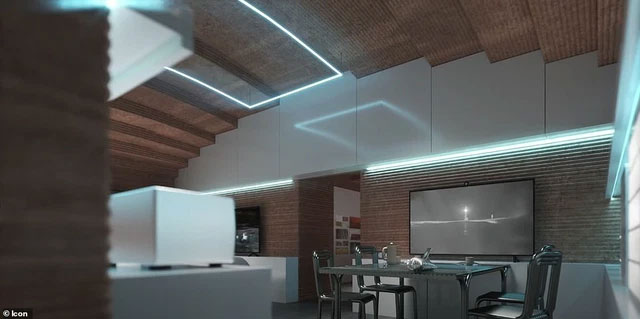
The 3D printed building features a 55-inch TV, a gym, and areas for cultivation, resembling the habitat in the blockbuster film The Martian starring Matt Damon.
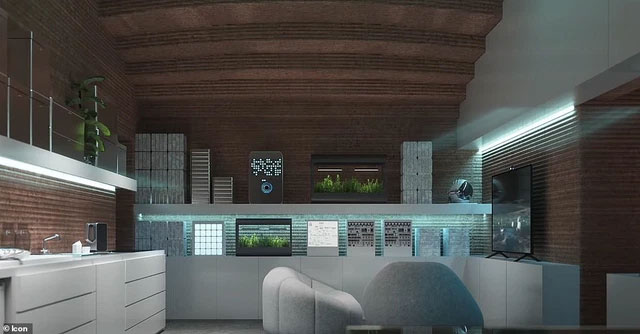
The “living space” of 158 square meters, called Mars Dune Alpha, is currently under construction at the Johnson Space Center.
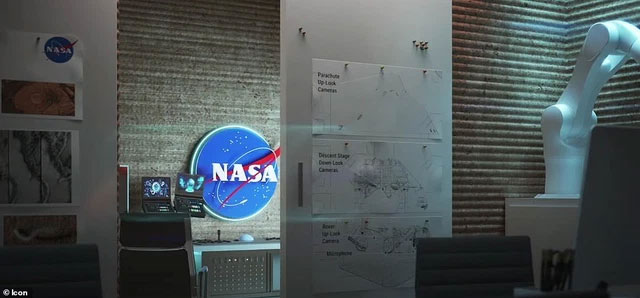
This base will simulate the challenges of a Mars mission, including resource limitations, equipment failures, communication delays, and other stress factors.
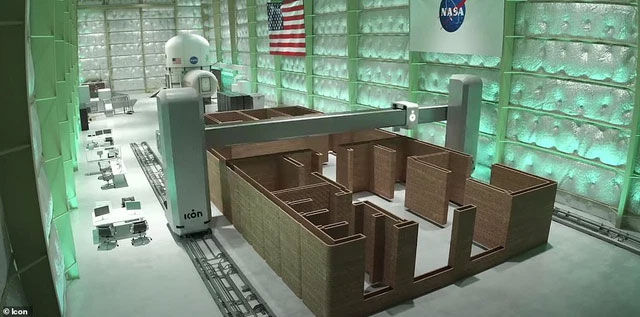
3D printing technology is suitable for building extraterrestrial habitats due to the lack of building materials.
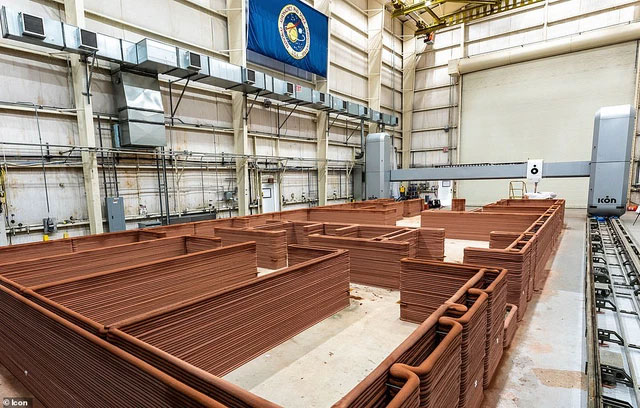
In August, NASA announced that it is seeking candidates for a year-long project simulating life on Mars, expected to begin in the fall of next year.
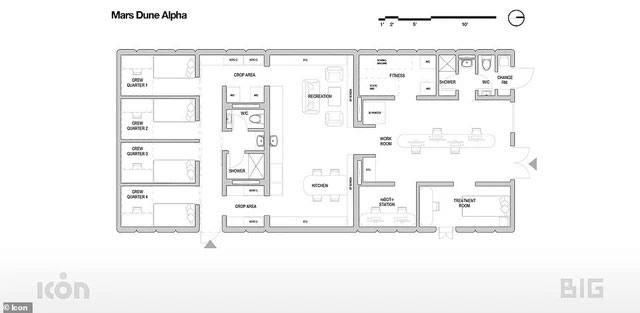
Map of Mars Dune Alpha
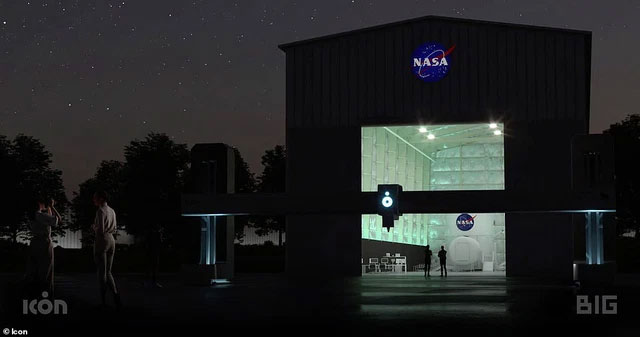
Participants’ tasks may include simulated spacewalks, scientific research, virtual reality use, robotic control, and communication exchanges.


















































